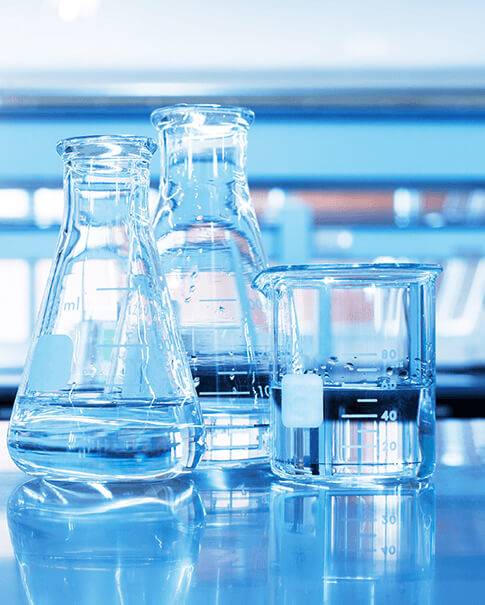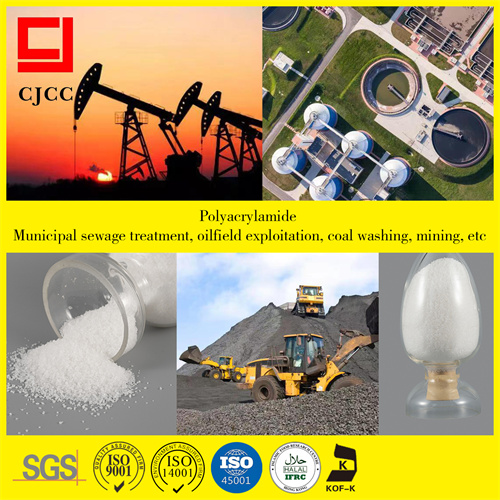What Are You Looking For?

What is Polyacrylamide?
Jun 07, 2023Polyacrylamide (abbreviated PAM), with the formula -[CH2CH]nCONH2-, is a polymer formed from the polymerization of acrylamide monomers.
Polyacrylamides are classified as non-ionic (NPAM), cationic (CPAM), anionic (APAM) and Amphionic (Amphionic PAM).

Polyacrylamide application:
Polyacrylamide is a homopolymer of acrylamide or a polymer copolymerized with other monomers. Polyacrylamide (PAM) is one of the most widely used water-soluble polymers.
Polyacrylamide is widely used in oil exploitation, paper making, water treatment, textile, medicine, agriculture and other industries. According to statistics, 37% of the world's total production of polyacrylamide (PAM) is used for wastewater treatment, 27% for the petroleum industry, and 18% for the paper industry.
Polyacrylamide has good thermal stability, easy to dissolve in cold water, the viscosity and concentration of its aqueous solution are approximately logarithmic (that is, linear relationship), high relative molecular weight and ultra-high relative molecular weight (greater than 2000×10) polyacrylamide (PAM) has a high viscosity, and its aqueous solution has a good tolerance for electrolytes.

Principle of action of polyacrylamide:
Polyacrylamide molecular chain is very long, so that it can bridge between the two particles, accelerate the settlement of particles, is a good flocculant.
Polyacrylamide and its derivatives are manufactured by free radical polymerization of acrylamide. According to the dispersion state of the monomer in the medium, the polymerization methods can be divided into bulk polymerization, solution polymerization, suspension polymerization and emulsion polymerization.
According to the dissolution state of monomer and polymer, homogeneous polymerization and heterogeneous polymerization are divided. Polyacrylamide products are available in three dosage forms: aqueous colloid, powder and emulsion.
Polyacrylamide is polymerized from acrylamide, and its molecular main chain has a large number of side groups - amide groups, which have high chemical activity and can react with a variety of compounds to produce many polyacrylamide derivatives.
The amide group can form a strong hydrogen bond with a variety of specific compounds, so it not only has flocculation, thickening, surface activity and other properties, but also can be converted into a polymer containing carboxyl group through its amide hydrolysis, becoming anionic polyacrylamide, polyacrylamide and formaldehyde reaction to generate hydroxymethylated polyacrylamide, is an important crosslinked monomer.